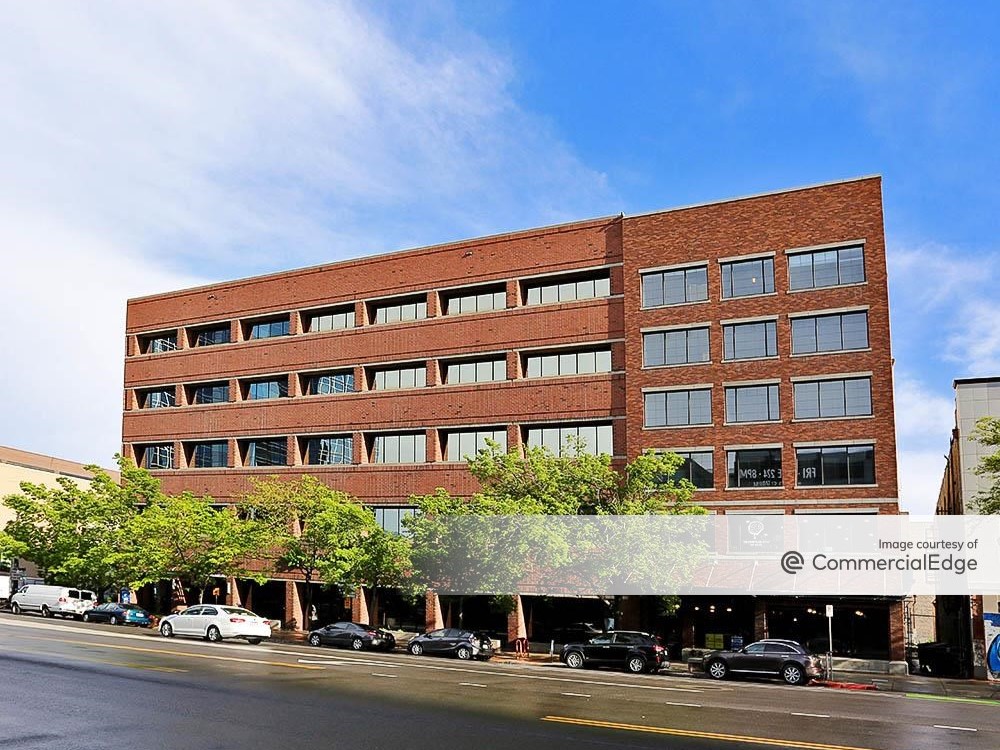How the Volatile Stock Market Impacts CRE Investment
To understand the current situation, CBRE’s global chief economist highlights two previous economic implosions, which took place under conditions similar to today’s but had substantially different outcomes.
In its latest Global MarketFlash, CBRE asks if real estate investors should be worried about the stock market plunge. In short, the answer is no—so long as policy-makers don’t overreact, concludes the report’s author, Richard Barkham, global chief economist & head of Americas research for CBRE.
How the company got to that answer relies on some pre-Great Recession history, comparing two recent instances—1987 and 2000—when large stock market losses came out of the blue, despite strong economic confidence and low inflation.
On Oct. 19, 1987, the DJIA dropped by 22 percent, raising fears that the world economy was slipping into another serious recession, as it had in 1979–82. Interest rates were cut and government spending was increased. But, because the global economy remained in relatively good shape, the stimulus stoked inflation and fueled a property boom, particularly in the U.K., Barkham says. “Real estate did well for a couple of years but crashed in 1989, not as a direct result of Black Monday but of the mistaken policy response.”
In contrast, though the bursting of the dot-com bubble in the early 2000s was spread over three years, the DJIA lost 27 percent of its value just between January and October of 2002.
“Interest rates were lowered, the U.S. moved to a zero-interest rate policy and government spending increased,” Barkham says. “A mild recession in the developed economies ensued but … real estate was relatively unscathed apart from certain office markets. Far more damaging was the housing market boom, ignited by aggressive interest rate cuts, which fell apart in 2007.”
The bottom line, Barkham says, is “The global economy is in good shape and real estate investors should not fear a real estate crash. What should worry them is the potential for too much late-cycle stimulus, but for now this is not an issue. The Fed should continue to do its job without political interference.”
A second opinion
In mid-December, the Dow, S&P 500 and Nasdaq have all but gone sideways, Ken Riggs, president of Situs RERC, noted that the flattening yield curve between two-year and 10-year Treasurys had just hit its smallest range since June 2007. So what to make of this worrisome sign of an economic slowdown, even as the expansion neared an all-time record and unemployment neared a five-decade low?
Riggs reminded Commercial Property Executive’s readers of Warren Buffet’s distinction between price and value—and contended that with the tangibility of CRE, bolstered by better-than-ever data, CRE engenders more confidence about its performance than does a gyrating stock market.
Image courtesy of CBRE








You must be logged in to post a comment.